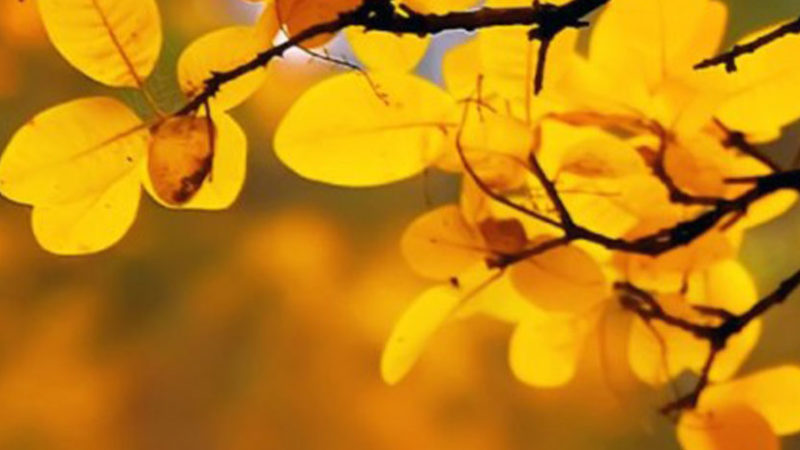Free to be the fearless wildness that you are
In your willingness to take the risk of love, to feel it all, to truly allow another to matter, and to expose yourself to the joy and heartbreak of this life, you come face to face with the most devastating fear that you’ve ever known, but have never been able to articulate: that you are loved.
For when you are truly loved, when you are entirely seen, when you are fully held, it is the end of your world as you know it. Things will never be the same. You will never again be able to pretend that you are other than precious and whole as you are. The implications of this are dizzying if you let them all the way in.
It is so exhilarating to be seen and held in this way, but it is also terrifying as you are fully naked now, utterly raw, and achingly wide open. Your life is no longer your own in a sense, and it has been given to your raw, shaky tenderness. This is your refuge now, the golden bridge through which you will connect with hearts everywhere. Give everything to know this bridge!
Even the soft spring breeze feels as if it might be too much, for it goes right through your skin to touch your heart. A sunrise, the longing of a little baby to be held, the spring wildflowers, the honey-infused ice coffee you just spilled on your laptop, the blue eyes of your sweet lover—you may never be protected again. Ah, that’s fine—it isn’t what you really wanted anyway.
The particles of love are interpenetrating your entire sensory world and you are just not sure your heart and nervous system can take it. Oh, friend, you are on the right track.
You are free to be who and what you are now—no longer tied to a past you thought you wanted, no longer bound by the limited and that which is less than whole—willing to risk it all for love, and free to be the fearless wildness that you are.

Gorgeous photography by Robert Maschke – http://www.robertmaschke.de/





